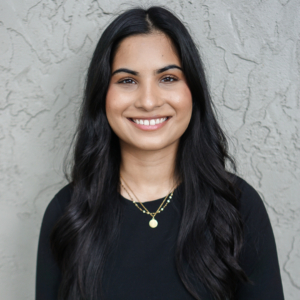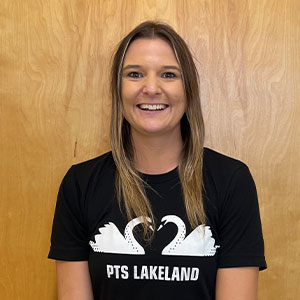Auditory Processing Disorder

also known as (central) auditory processing disorder ((C)APD)
definition: a disorder that is marked by a deficit in the way the brain receives, differentiates, analyzes, and interprets auditory information (as speech) and that is not attributable to impairments in peripheral hearing or intellect
My child tends to cry when I use the vacuum or hair dryer. He covers his ears around crowds. My child has difficulty listening and following directions at home or in the classroom. Why? Your child may have what is known as an auditory processing disorder. Your child’s abnormal reaction to what we would consider normal noise or his inability to “listen” to directions in a noisy room may signal an auditory processing disorder.
How do I know if my child does have an auditory processing disorder?
First, you should have your child’s hearing tested to rule out any physiological and/or anatomical problems. Once cleared medically, you should have your child evaluated by an Occupational Therapist who is certified in the Therapeutic Listening Program.
How is therapeutic listening program implemented?
The Occupational Therapist assesses your child’s abilities through an evaluation and parent interview. Should an auditory processing disorder be established, your child will then be provided with personalized selected CD’s. Every 3 weeks a new CD will be provided to address current needs.
How long does the program last?
Therapeutic Listening Program lasts approximately 12 weeks.
How will the therapeutic listening program help my child?
Parents report improvements in their child’s ability to listen and follow directions. They note increased eye contact, increased attention to surroundings and greater interaction with peers. Tolerance for previously bothersome noises is greatly improved.


















































